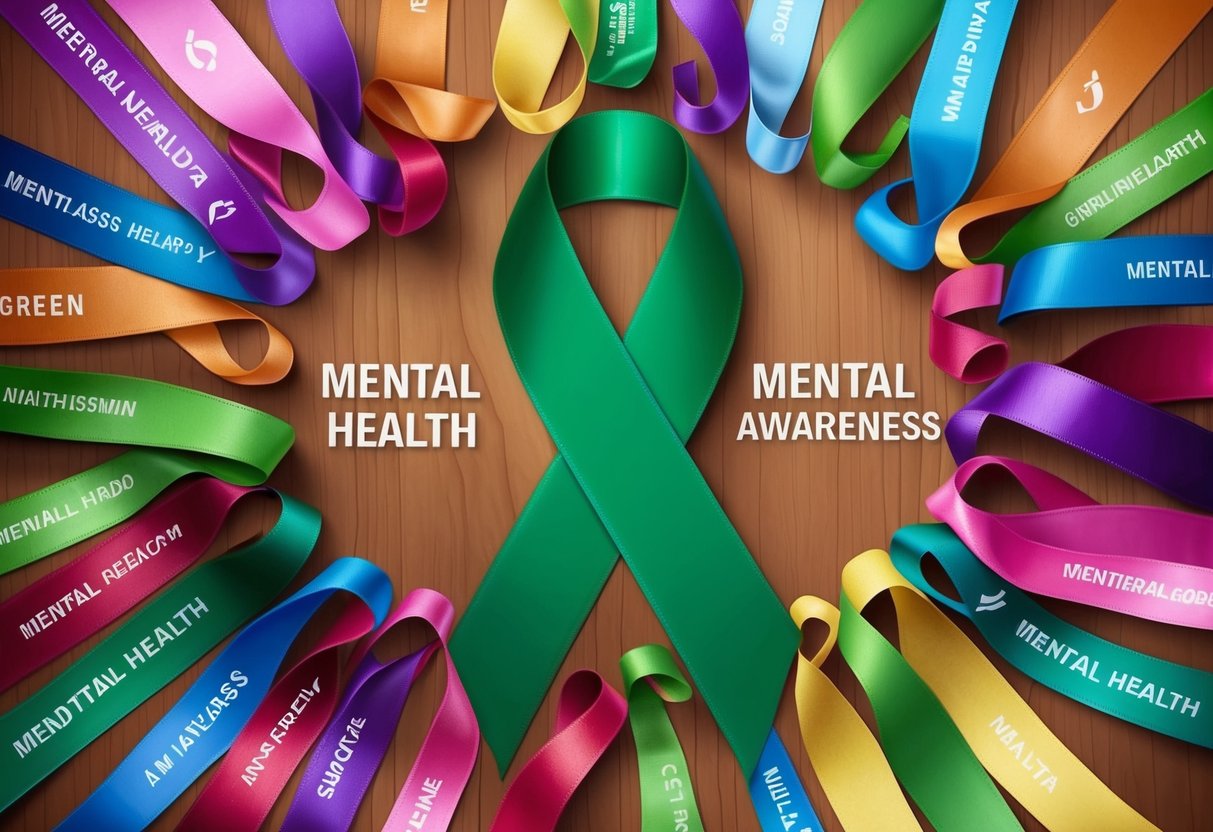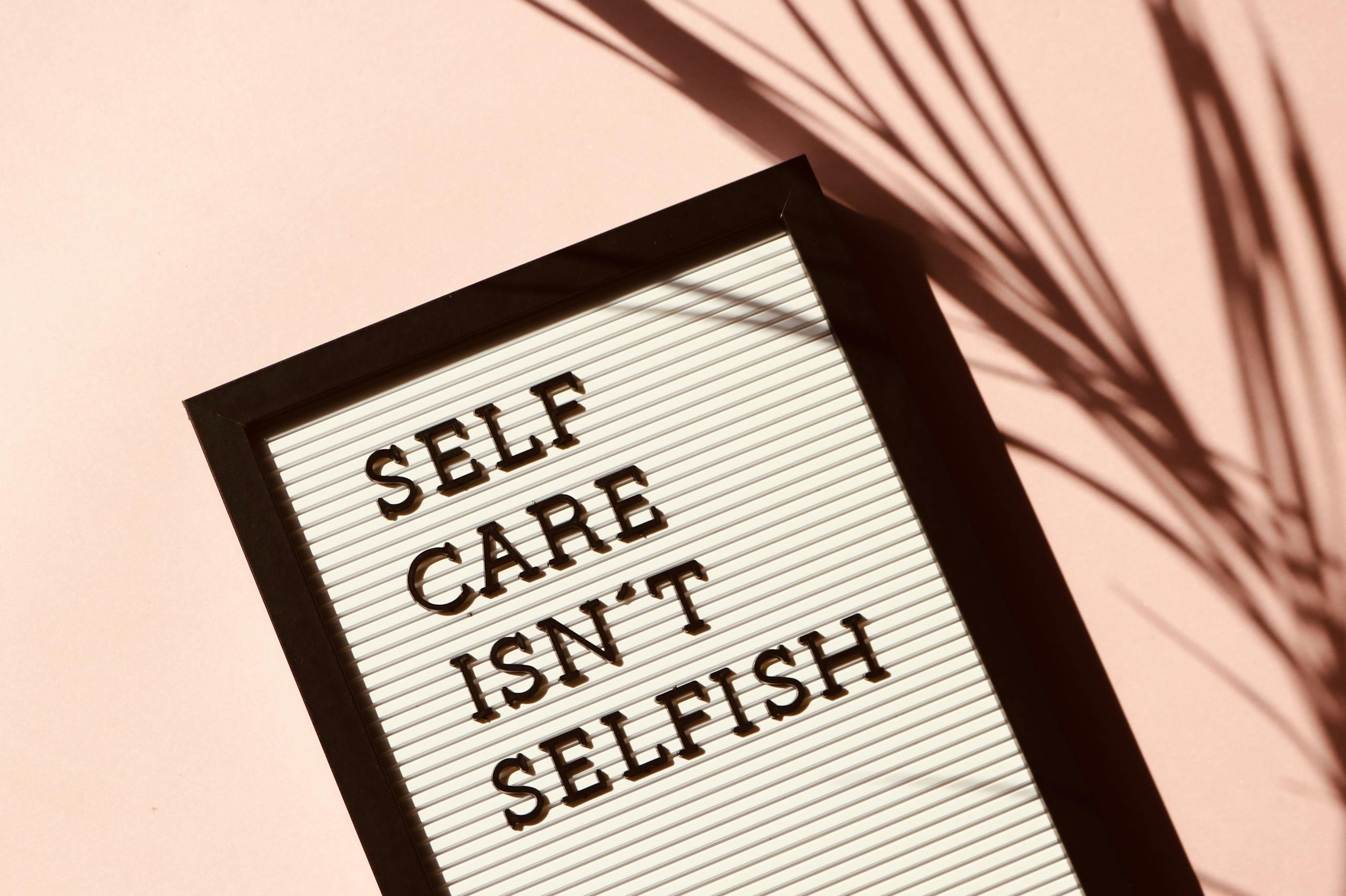If you’ve ever come across a green ribbon and wondered what it means, you’re not alone. Green ribbons are symbols of support for various causes, most notably mental health awareness and environmental issues.
Seeing a green ribbon often sparks curiosity about the stories and struggles it represents.
The green ribbon also signifies support for numerous medical conditions and social causes. It can be associated with bipolar disorder, organ donation, and even issues such as genocide awareness.
Table of contents
With various shades of green representing different causes, it serves as a versatile emblem for change and support.
By wearing a green ribbon, you show your commitment to these vital causes. This small gesture symbolizes hope, healing, and growth for those who need it most. Understanding what it stands for can help spread awareness and encourage meaningful conversations.
Understanding the Green Ribbon

The green ribbon is a powerful symbol used in awareness campaigns. It highlights various social and medical causes.
Symbolism of the Green Ribbon
The green ribbon is associated with awareness for mental health, kidney disease, and environmental support. This symbol is recognized worldwide.
Different shades of green can represent specific conditions. For example, lime green is linked to Lyme disease, while classic green is often used for mental health awareness.
Green ribbons can also show support for those affected by cerebral palsy, celiac disease, and other health issues. The versatility of this symbol makes it a vital tool for many movements, giving people a visible way to express support and solidarity.
History and Growth of Green Ribbons
Awareness ribbons began in the late 20th century. The green ribbon was adopted for various health and environmental causes during this time.
Originally used to symbolize hope and renewal, green ribbons gained popularity through campaigns and events. Grassroots efforts and large organizations helped spread the symbol.
Over the years, the awareness and impact of green ribbons have grown significantly. They are now one of many colored ribbons used globally. The adaptability of the green ribbon has allowed it to remain significant for numerous campaigns and support networks worldwide.
Green Ribbon and Mental Health

The green ribbon is a symbol used to promote awareness about various mental health issues. It signifies support for mental health initiatives and campaigns that aim to reduce stigma, offer education, and encourage people to seek help.
Mental Health Awareness
Wearing a green ribbon can show your support for mental health awareness. Campaigns using this symbol highlight the importance of understanding mental health and recognizing it as a crucial part of overall well-being.
Awareness initiatives aim to break down the stigma surrounding mental illnesses, encouraging open conversations. By doing so, they empower individuals to seek help and receive necessary care. Engagement in these discussions can significantly impact the lives of those affected.
Depression and Bipolar Disorder
The green ribbon also stands for depression awareness. These conditions can affect anyone and often require professional treatment and support from family and friends.
Depression isn’t just sadness; it’s a serious mental health issue that can interfere with daily life.
Bipolar disorder involves mood swings that range from depressive lows to manic highs. Raising awareness about these disorders helps people understand the symptoms and encourages those affected to seek help. Together, these efforts aim to improve the quality of life for those living with such conditions.
Traumatic Brain Injury
Traumatic Brain Injury (TBI) can lead to changes in mood, personality, and emotional functioning. The green ribbon raises awareness of TBI’s impact on mental health.
TBI can affect memory, concentration, and mental health, leading to conditions like anxiety and depression.
Support and education are key in assisting individuals and their families. Knowing more about TBI helps in recognizing potential mental health issues, ensuring prompt intervention. Advocates use the green ribbon to support survivors and improve recovery outcomes.
Childhood Depression
Childhood depression is another focus area where the green ribbon comes into play. While it might be hard to spot, depression in children is real and can affect their development and quality of life.
Symptoms can include prolonged sadness, changes in sleep patterns, and a lack of interest in activities.
Raising awareness helps parents, teachers, and caregivers to identify these signs early. Education and early intervention are essential to helping children receive the right support and care. The green ribbon serves as a reminder to prioritize mental health in children’s lives, promoting a future where they can thrive and succeed.
Health Awareness and Support

The green ribbon serves as a symbol for many health-related causes, including chronic diseases, cancer awareness, and organ and tissue donation. It stands as a reminder of support and solidarity for those affected.
Chronic Diseases and Conditions
Green ribbons are used to represent various chronic diseases and conditions. People with cerebral palsy, kidney disease, and Lyme disease often use green ribbons to raise awareness and support.
These ribbons highlight the daily challenges faced by individuals suffering from these conditions. Celiac disease is another condition associated with the green ribbon, advocating for greater public knowledge and understanding.
Beyond these, the green ribbon is also linked to autoimmune diseases and conditions like chronic pelvic pain and nephrotic syndrome.
By wearing a green ribbon, you show solidarity with those struggling with health issues and promote greater public understanding of these various conditions.
Cancer Awareness and Support
The green ribbon is associated with certain types of cancer. It represents kidney cancer and liver cancer, reminding people of the importance of early detection and research.
Individuals wear green ribbons to show support for loved ones battling these diseases. It signifies hope and unity in the fight against cancer.
Organizations also use green ribbons during campaigns to advocate for more resources for cancer research and patient support. You can participate in raising awareness by wearing a green ribbon, distributing information, or joining events related to cancer causes.
Organ and Tissue Donation
In the realm of organ and tissue donation, the green ribbon plays a significant role. It symbolizes organ transplant awareness and promotes the crucial need for donors.
Wearing a green ribbon can encourage conversations about the importance of becoming an organ donor. It highlights the life-saving potential of organ and tissue donation.
Campaigns often use green ribbons to educate the public about the process and benefits of donation. By embracing this symbol, you help spread awareness and potentially save lives through increased donor registration.
Diversity of Awareness Ribbon Colors

Awareness ribbon colors can signify support for a vast array of causes, each color bearing its own unique symbolism. Green ribbons, amongst others, play an important role in raising awareness across various issues.
Comparing Ribbon Colors
Awareness ribbons come in many colors, each representing different causes. Green ribbons often symbolize environmental issues, mental health awareness, and organ donation.
Pink ribbons are widely recognized for breast cancer awareness. Purple ribbons can stand for pancreatic cancer, Alzheimer’s disease, and domestic violence support. Red ribbons are linked to heart disease and AIDS awareness.
Other colors like yellow ribbons often support military troops, while blue ribbons may represent child abuse prevention. Royal blue ribbons and light blue ribbons have their place in raising awareness for various health conditions.
Through these colors, people raise awareness and show solidarity with important causes, using the power of symbolism to foster understanding and support worldwide.
Meaning Behind Color Choices
The choice of awareness ribbon colors is intentional, carefully selected to evoke specific emotions and connections.
For instance, green is associated with growth and renewal, making it fitting for environmental and health-related causes.
Pink, with its soft hue, has become strongly associated with breast cancer advocacy, promoting compassion and care. The boldness of red reflects urgency and passion, suitable for causes like AIDS and heart disease.
Purple carries connotations of dignity and honor, aptly representing issues such as Alzheimer’s and domestic violence awareness.
Each ribbon color not only stands for an issue but also helps to communicate the goals and needs of the cause it represents, allowing a shared path to greater awareness and action.
Advocacy and Education

The green ribbon plays a crucial role in raising awareness and educating the public about important causes. As a symbol, it is widely used in campaigns dedicated to mental health and organ donation. Effective advocacy can break down stigma and increase literacy around these topics, making a real difference in people’s lives.
Raising Awareness Through Education
Education is a key tool in promoting understanding. By learning about mental health, more people can recognize signs of distress in themselves and others.
Schools, workplaces, and community centers often hold workshops and seminars to boost mental health literacy. Knowledge empowers individuals to seek help and support those in need, reducing the stigma often associated with mental illnesses.
Suicide prevention is another area benefiting from educational efforts. Programs aim to teach the warning signs and how to have open conversations about mental health.
These initiatives can save lives by encouraging people to speak out and seek help. Education provides tools, making it a powerful method for change.
Advocacy Campaigns and Their Impact
Advocacy campaigns are vital in spreading awareness about causes symbolized by the green ribbon. These campaigns may involve public events, social media, and partnerships with local organizations to reach a wide audience.
By targeting the general public, advocacy efforts aim to create a more informed and supportive environment.
Campaigns focusing on mental health can reduce stigma and encourage dialogue. They advocate for greater access to mental health resources and are essential in changing public perception.
Community engagement, such as volunteering and fundraising, provides direct support to affected individuals and families. Successful campaigns often result in policy changes and increased funding for mental health services.
Broader Significance of Green Ribbons

Green ribbons serve as powerful symbols of hope, growth, and awareness. They are used in efforts to bring attention to various social and environmental issues, reflecting the desire for change and support.
Environmental Causes and Climate Change
Green ribbons are widely recognized for their association with environmental causes and efforts to combat climate change. By wearing a green ribbon, you show your support for initiatives focused on preserving natural resources, promoting sustainable practices, and raising awareness about the ecological impact of climate change.
This symbol encourages individuals to take actions, such as reducing carbon footprints and engaging in conservation activities. Green ribbons also represent broader environmental movements aimed at tackling global issues like pollution and deforestation.
Other Social Issues
Beyond environmental causes, green ribbons stand for multiple social issues, fostering a sense of solidarity and advocacy.
They symbolize support for mental health and well-being, especially in raising awareness about conditions like depression. Additionally, these ribbons are connected to causes like pedestrian safety and worker safety.
In the healthcare sector, green ribbons highlight initiatives such as organ and stem cell donation, advocating for people in need of transplants. Specific conditions, like von Hippel-Lindau syndrome and dwarfism, see support through this symbol.
Green ribbons are also used in humanitarian efforts, such as those focused on relief and justice in regions like Darfur. By embracing this emblem, you contribute to raising awareness across diverse societal concerns.
Conclusion

Wearing a green ribbon serves as a powerful reminder of hope and a call to raise awareness for crucial issues. It plays an important role in mental health discussions and rallies support for ongoing efforts.
Encouraging Community Involvement
Green ribbons can help bring people together to support mental health initiatives and other important causes. By wearing one, you can show your commitment to making a difference.
Participating in events like walks or awareness days can deepen your engagement and understanding. Communities can organize activities that educate and inspire others to take part.
This active participation can lead to stronger connections among individuals and groups. Encouraging others to wear a green ribbon also opens conversations about spreading hope and raising awareness locally and beyond.
Continued Advocacy for Change
The green ribbon is a simple tool for promoting ongoing advocacy. You can advocate for better mental health resources or environmental protection using this symbol.
Amplifying voices through platforms like social media helps increase visibility for these issues. Encouraging legislative changes or improved services can lead to significant progress.
Being persistent and active in your advocacy ensures these important topics remain in public discussions. Your involvement with the green ribbon can keep momentum going and drive continued change.
Frequently Asked Questions

The green ribbon is a powerful symbol in health advocacy. It represents various causes, including mental health awareness and certain cancer types. Below, you’ll find information about its meanings and significance.
What does the green ribbon represent in cancer awareness?
The green ribbon is associated with raising awareness for kidney cancer and gallbladder cancer. Wearing a green ribbon can help spread information about these health issues.
How is the green ribbon connected to mental health advocacy?
Green ribbons play a significant role in mental health advocacy. They are used globally to show support for individuals experiencing mental health challenges and to encourage conversations about mental wellness.
Can you explain the significance of different shades of green in ribbon symbolism?
Different shades of green can signal various priorities within advocacy. For example, light green is sometimes used specifically for Lyme disease awareness, while dark green may indicate environmental causes.
What are the various meanings associated with awareness ribbon colors?
Awareness ribbons come in many colors, each linked to specific causes. A green ribbon often focuses on mental health, environmental issues, and certain cancers. These colors help unite people under a common cause and spread awareness.
What health conditions are represented by a green ribbon?
Green ribbons are known for highlighting mental health issues, kidney cancer, gallbladder cancer, Lyme disease, and cerebral palsy. They provide a visual reminder of the importance of these health conditions.
How did the green ribbon become a symbol for certain causes?
The green ribbon became symbolic through advocacy efforts. Activists aimed to unify voices for specific causes. As they worked to increase visibility and support for their issues, the green ribbon emerged as an effective tool to draw attention and foster community support.



